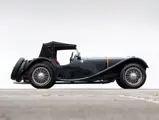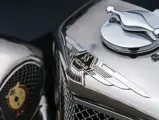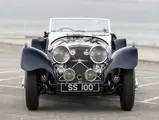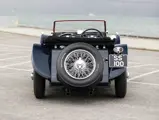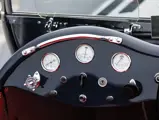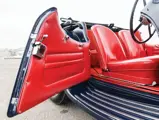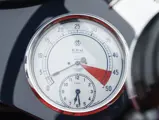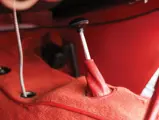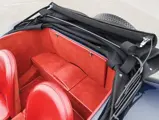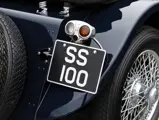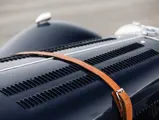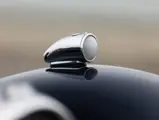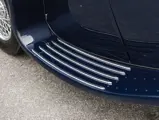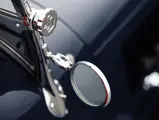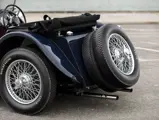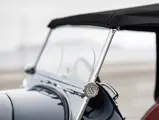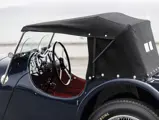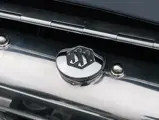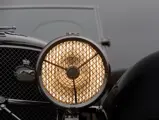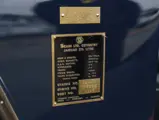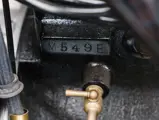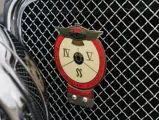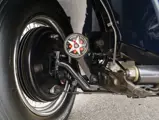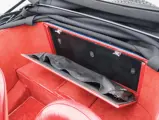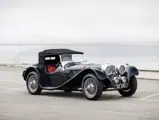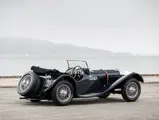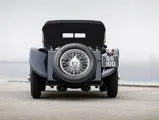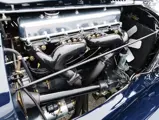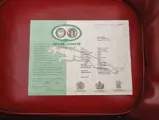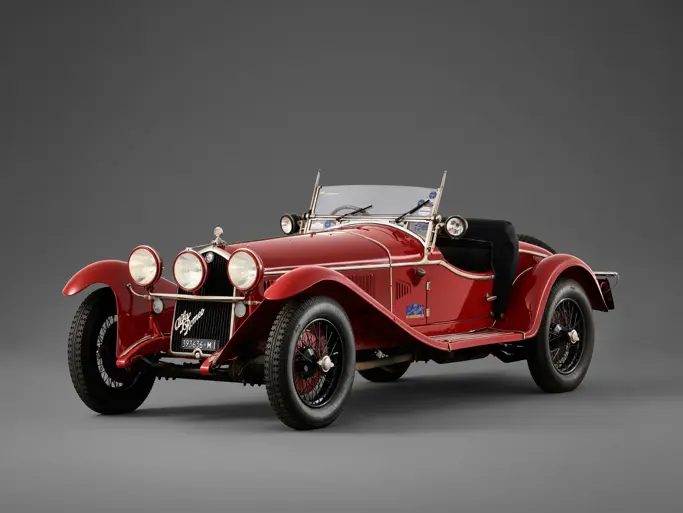
1938 SS 100 Jaguar 3½-Litre Roadster
{{lr.item.text}}
$747,500 USD | Sold
{{bidding.lot.reserveStatusFormatted}}
- Offered from a prominent private collection
- Best in Class and Top Cat winner, 2011 JCNA National Championship
- A well-known example with its original engine; concours-level restoration
- Eligible for all the finest vintage concours, races, rallies, and tours
Originally founded by Sir William Lyons in 1922 to build and market his motorcycle sidecars (Swallow Sidecars), by 1930, SS Cars had grown into Britain’s premier independent coachbuilder of mass-market automobiles.
Debuting at the 1931 Olympia Motor Show, the SS1 Sports Saloon begged comparisons to more expensive alternatives from Bentley and Alvis. Given the company’s aspirations to move into sportier realms, there was little surprise when the model line was widened in 1935 to include a two-seat roadster, dubbed the SS 90. Styled by company co-founder William Lyons (later to become Sir William), it featured the sweeping, curvaceous fenders, long front deck, and short rear scuttle that became Jaguar hallmarks. As such, the SS 90 was the first of the company’s famous sporting roadsters and the first to advertise the top speed in the model name.
While the SS 90 had the aesthetics and open-air sensibilities to be successful, the model’s Standard-based engine still left much to be desired in terms of performance. This shortcoming was soon addressed with the late-1935 debut of the Jaguar (the company’s first use of its future name), which included a new 2½-liter engine that had been fashioned from the original Standard mill by engineer Harry Weslake. In the sporting roadster, the updated engine nearly lifted top speed to 100 mph, prompting the company to adjust the model name to the SS 100.
In 1938, SS took this equation even further with the introduction of a brand-new 3½-liter designed by Bill Heynes, with consultation again provided by Weslake. Displacing 3,485 cc, the new engine featured improved breathing through a dual exhaust manifold layout, lifting power to 125 hp. The most powerful SS power unit yet, this new engine bore particular fruit in the small and lightweight SS 100, which now easily surpassed 100 mph. As noted Jaguar author Philip Porter has chronicled: “The SS 100 was the company’s first genuine sports car and to many people it remains the epitome of the stylish pre-war sports car, Lyons at his flamboyant best. The beautiful, flowing feline shape suggested speed, and when the new 3.5-litre engine was added to the range, a car of vivid performance was the result.”
The quintessential pre-war sports car, the 3½-Litre SS 100 Jaguar was made in a modest quantity of just 118 examples, and the cars soon proved to be a popular choice for club racers. Combining outstanding good looks and a nearly peerless power-to-weight ratio, the SS 100 has grown to be one of the most esteemed British sports cars of the interwar era.
CHASSIS NUMBER 39048
The SS 100 offered here was delivered new to Lt.-Col. A.W. Tate in England, and it is believed he entered it into a number of amateur-level races. Known history resumes in 1964, when the car was imported to the USA by early Jaguar enthusiast Ken Gardner, who commissioned a comprehensive, concours-level restoration. Once complete, the SS 100 scored 99.25 points and won the Primary Foreign Class at the July 1970 Indianapolis Grand Classic. That December, Mr. Gardner sold chassis no. 39048 to Floyd Moore of Glenview, Illinois. Under Mr. Moore in 1972, the SS 100 earned an AACA National First Prize.
Moore retained chassis no. 39048 until 1984, when he sold the car to Chicago’s Bernard Nevoral, and it joined the latter’s private collection of classic sporting cars. Nevoral retained the car for a remarkable 25 years, and during his tenure, the Jaguar was entered into a number of vintage rallies and maintained by knowledgeable specialists.
In 2010–2011, chassis no. 39048 received a comprehensive and professional body-off-frame restoration performed by Jeff’s Resurrections of Taylor, Texas. The process included a rebuild of the original, matching-numbers 3½-liter engine. As finished in factory-correct blue with rich red leather hides, the car also features gleaming brightwork and such desirable period features as wire-mesh headlamp guards, aero screens, classic-type Dunlop racing tires, and a number of motor club badges. In addition, this handsomely presented, rare, and immensely desirable roadster is accompanied by a remarkable historical file containing all restoration records, copies of prior title documents, older handwritten service records, and a Jaguar Daimler Heritage Trust Certificate.
This is a wonderful example of one of the all-time great Classic sports cars.





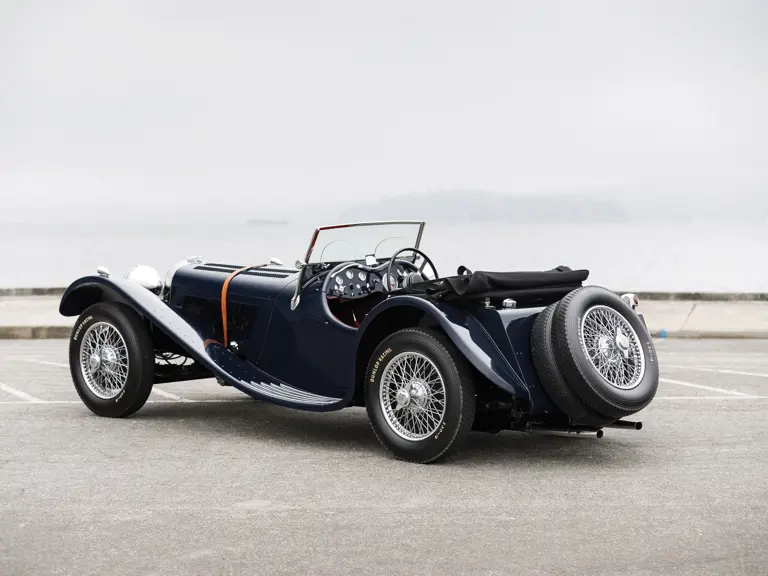



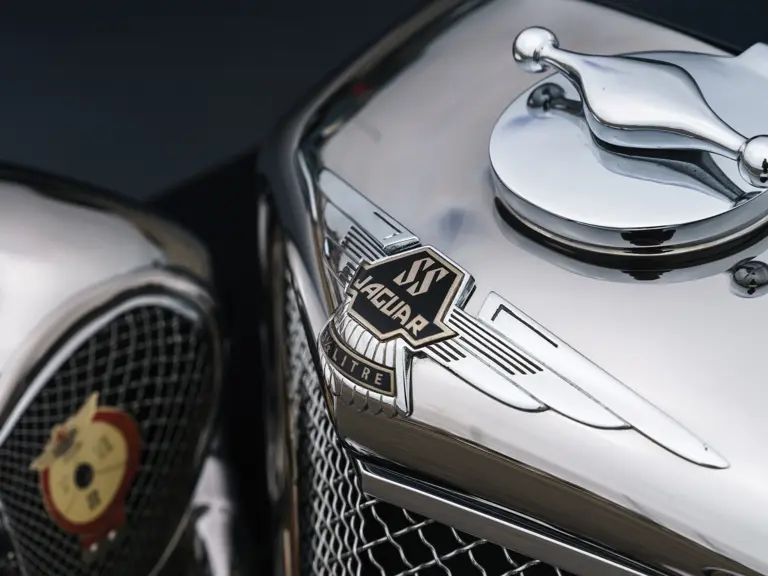
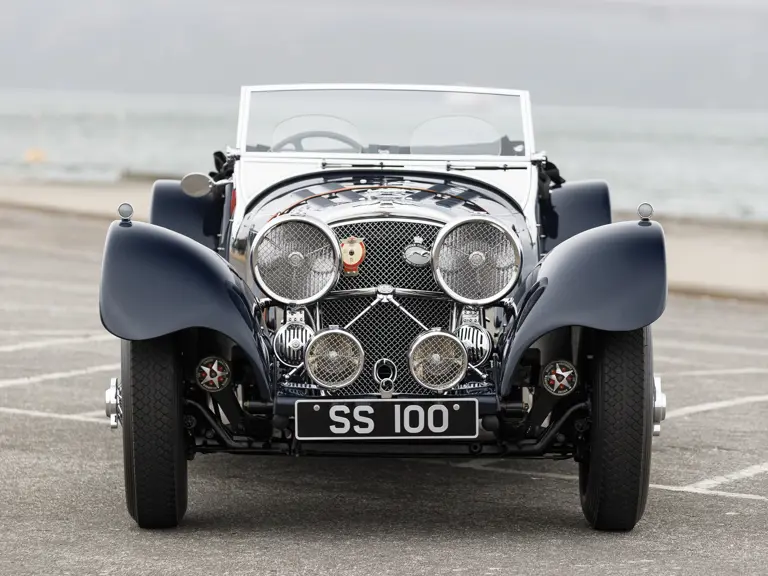
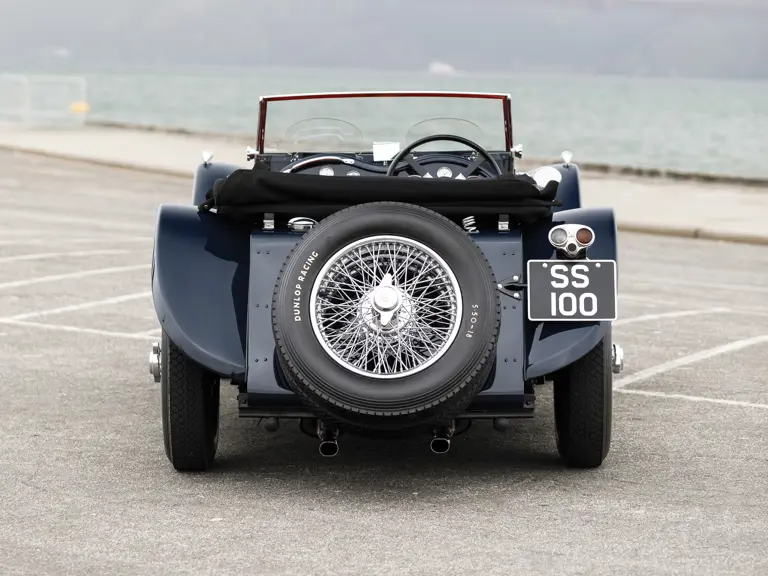
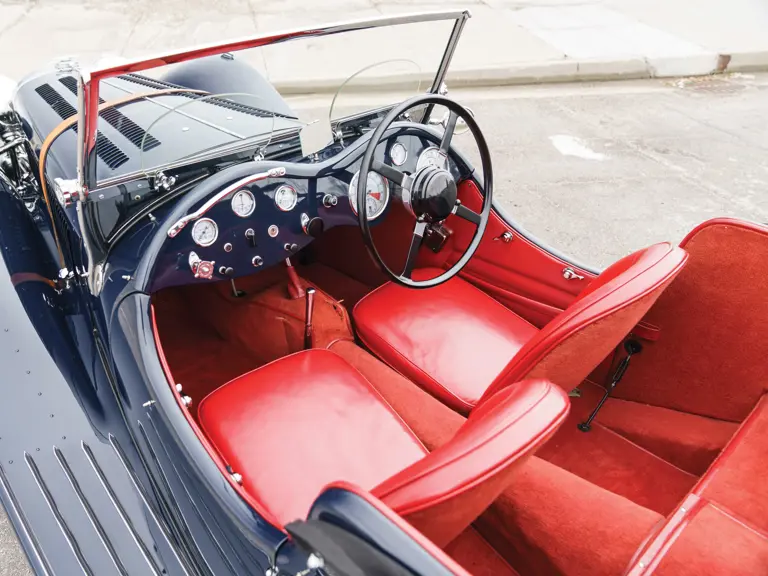
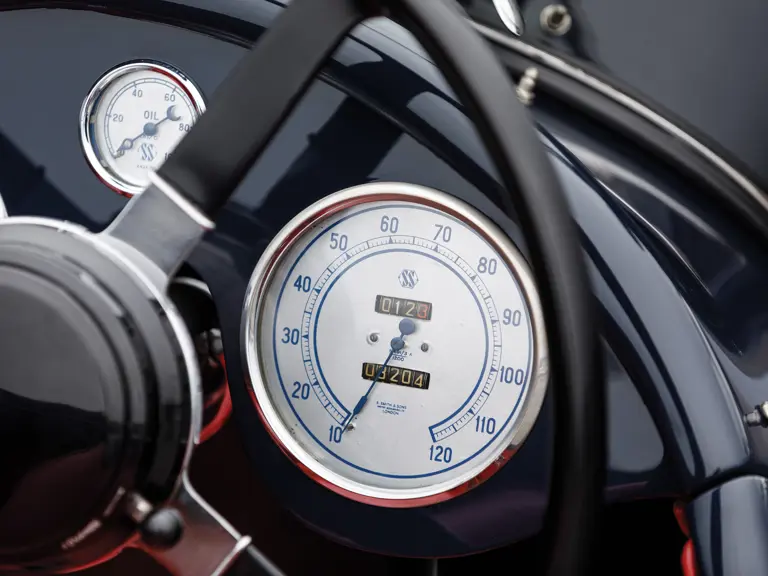
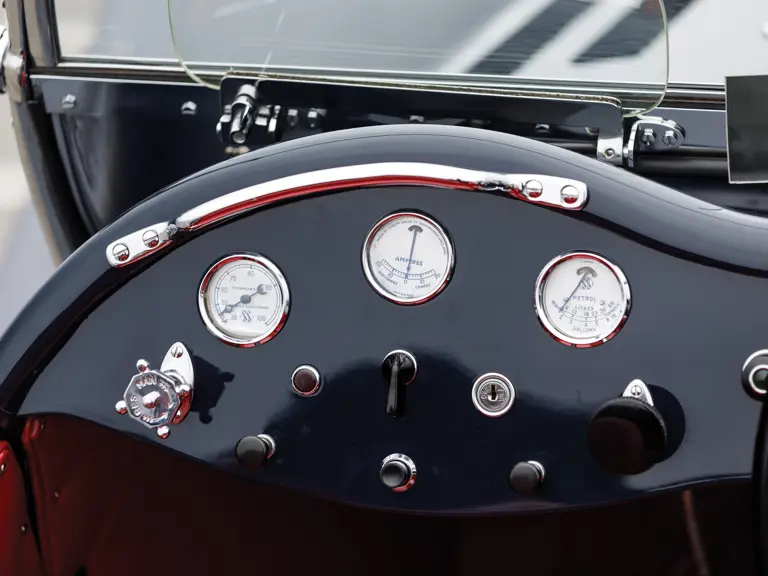
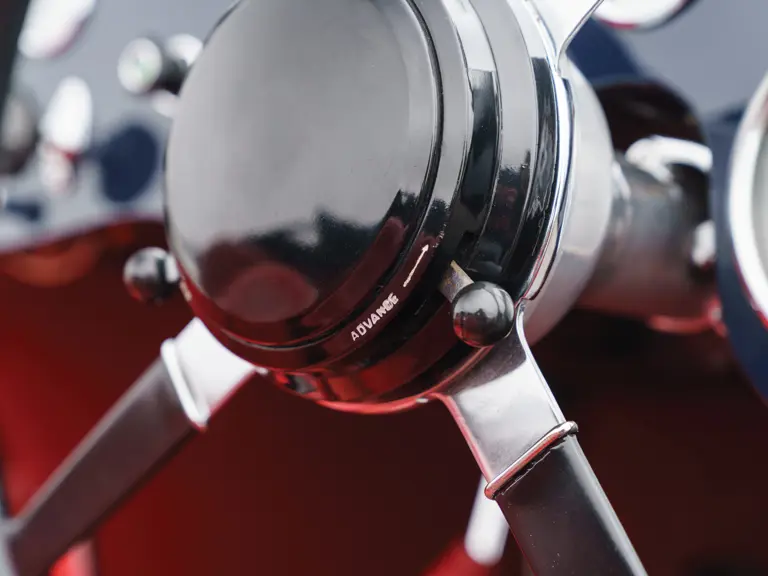
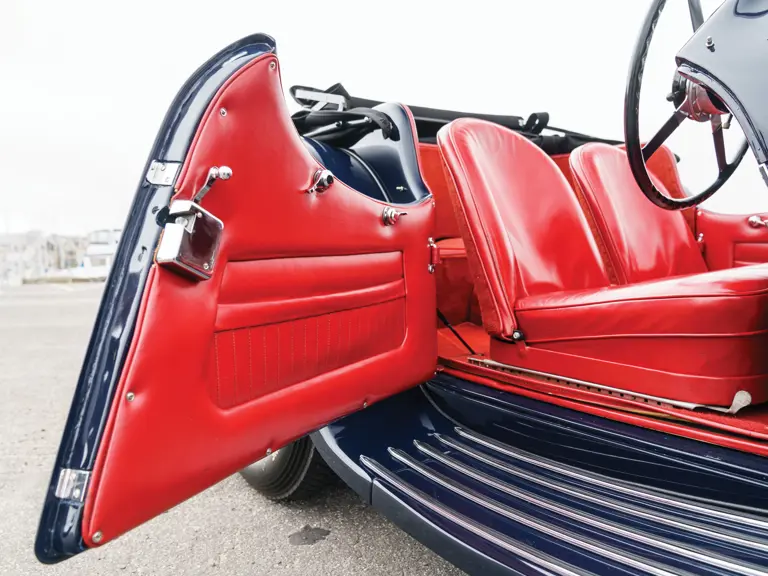

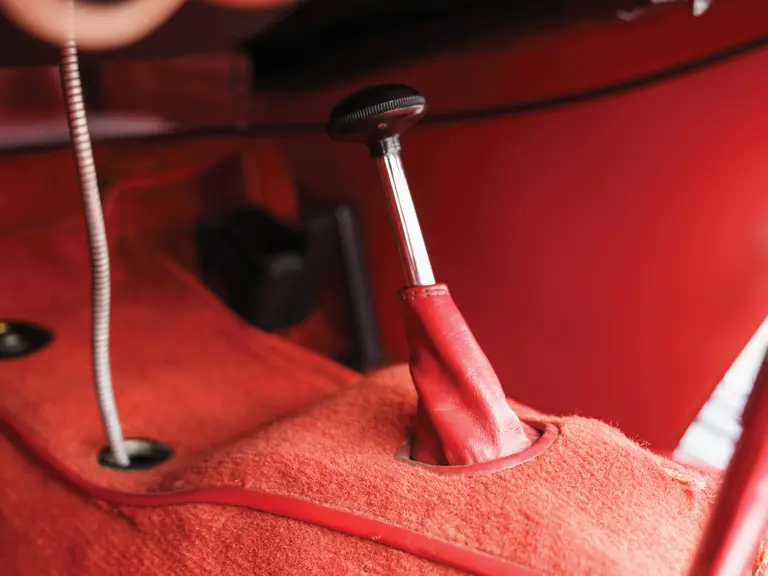
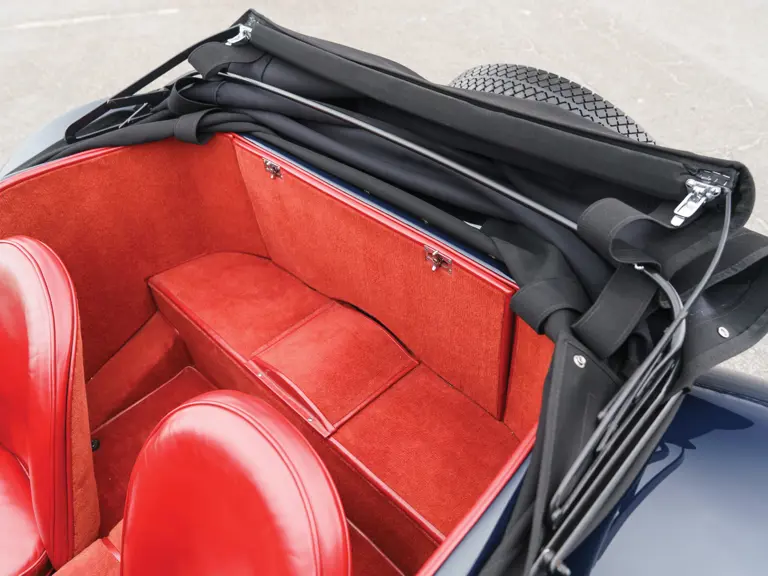
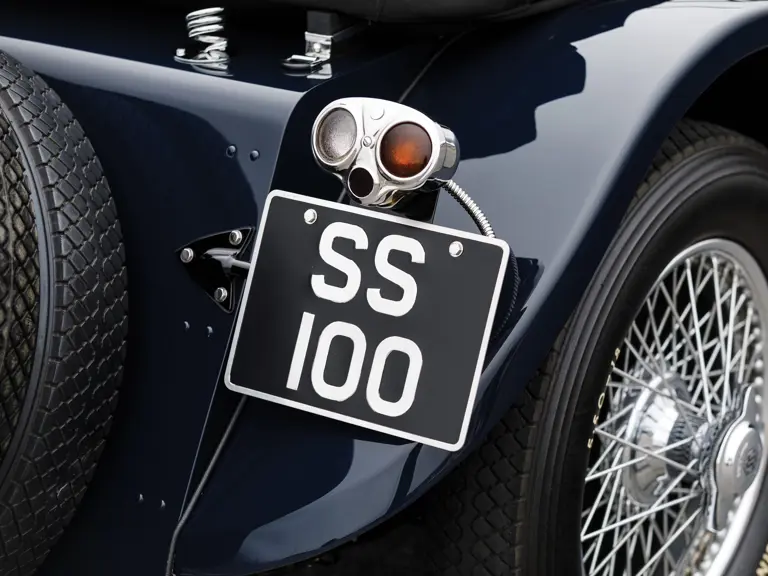
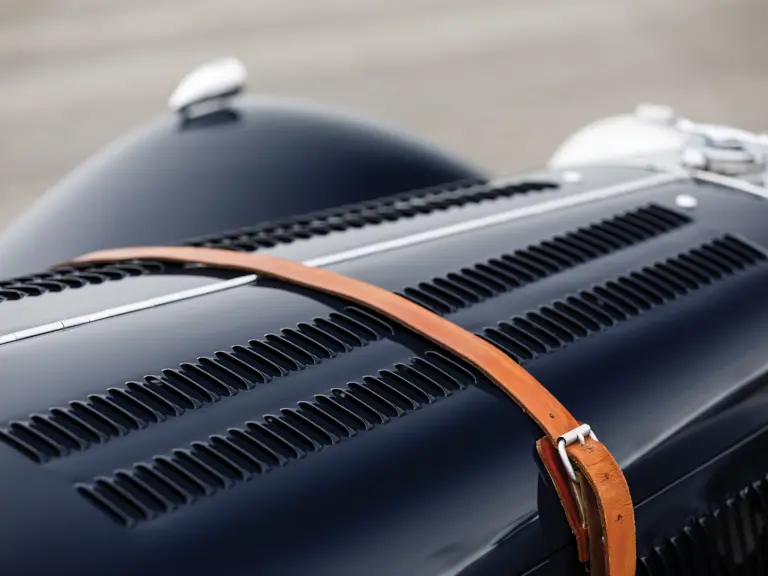
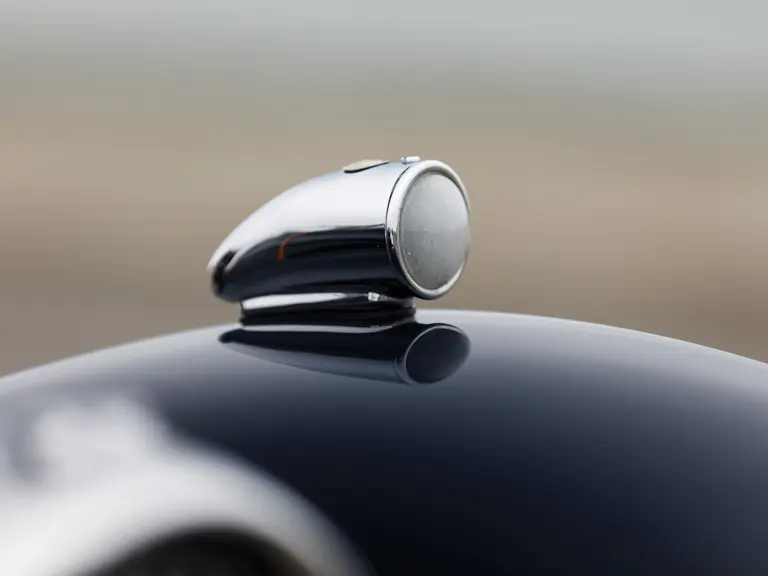
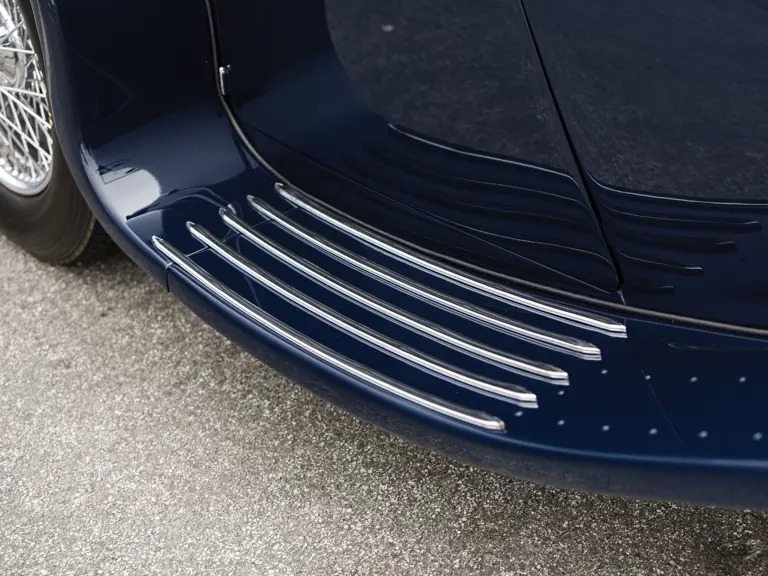
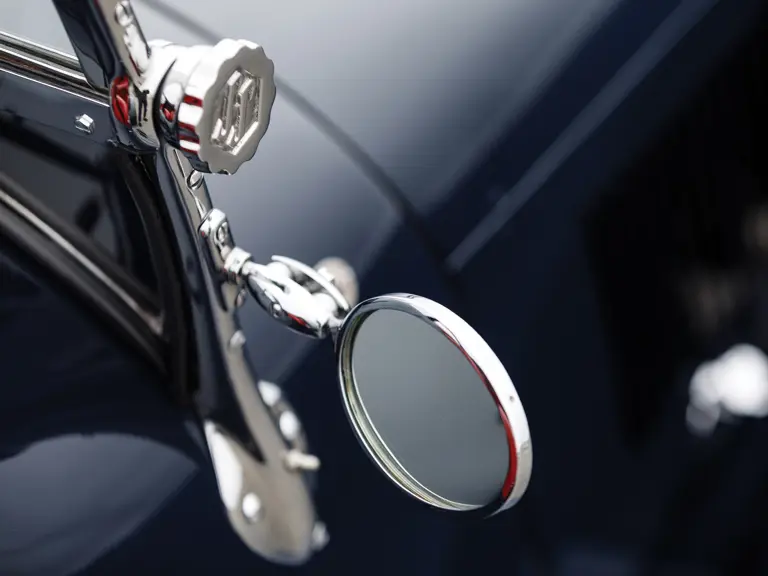

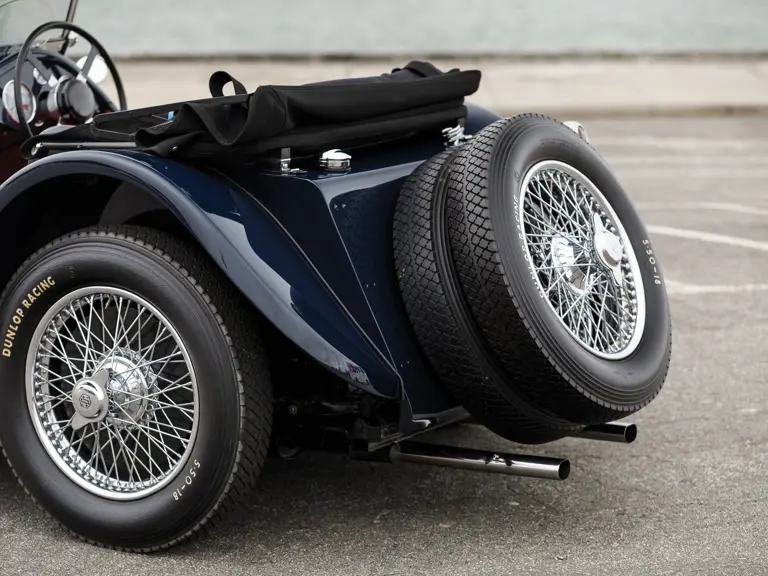




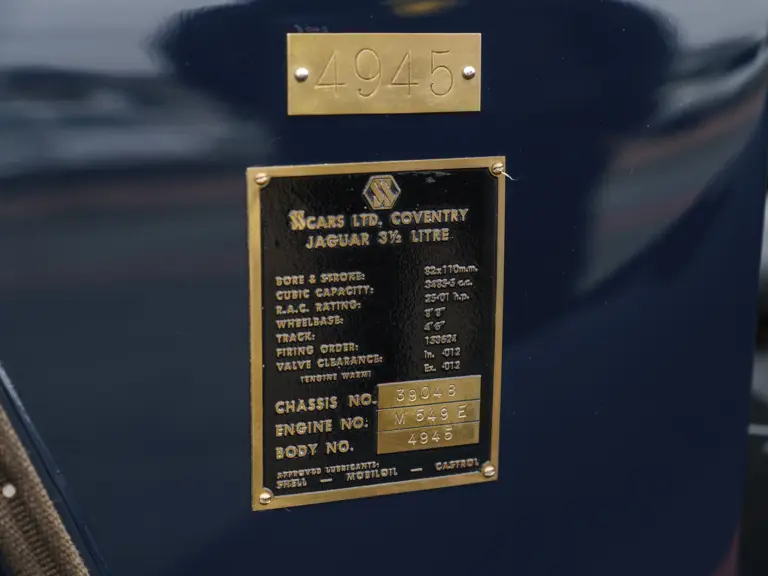
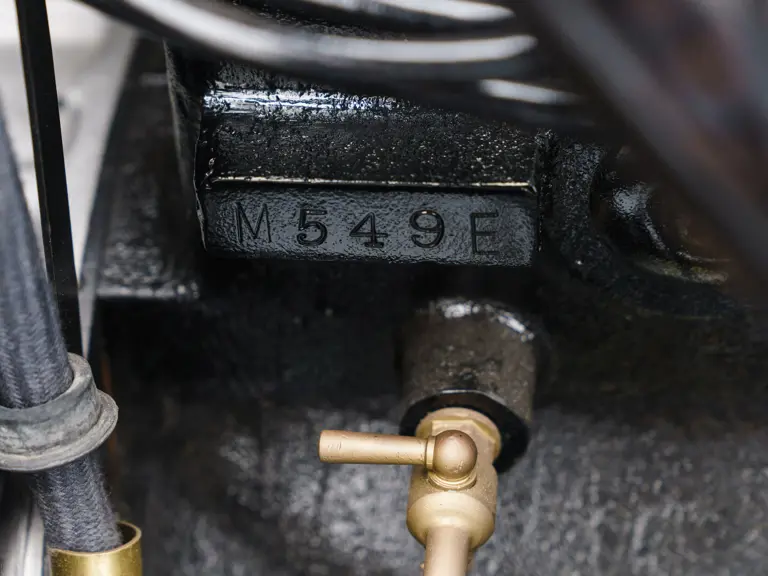
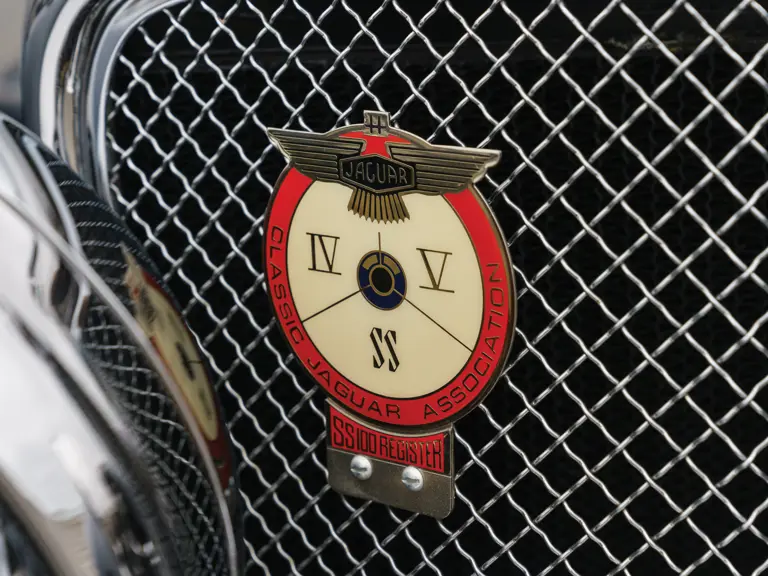
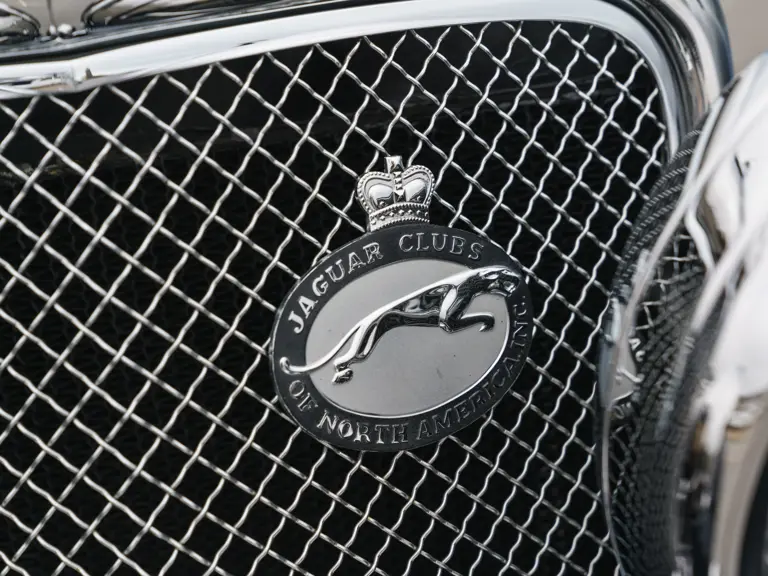
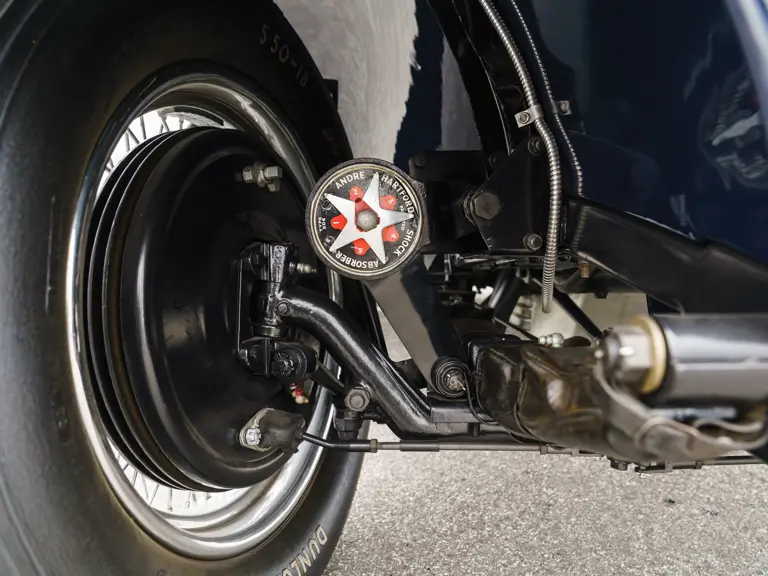
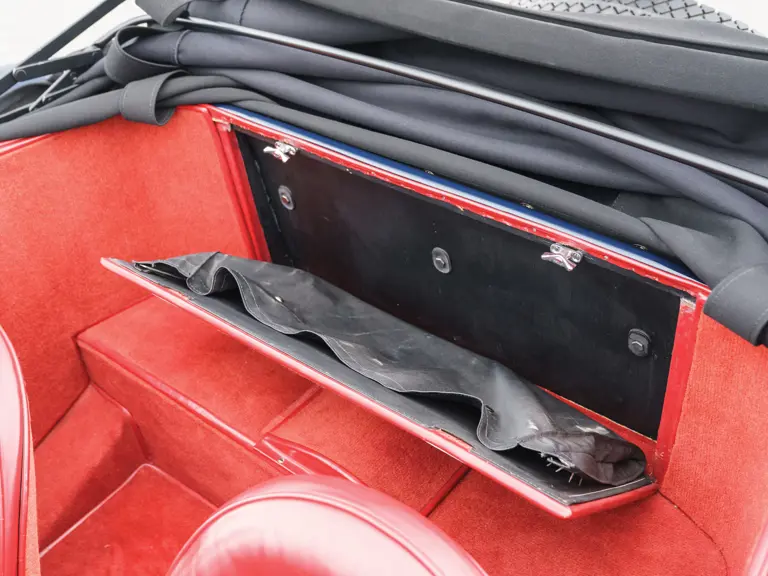
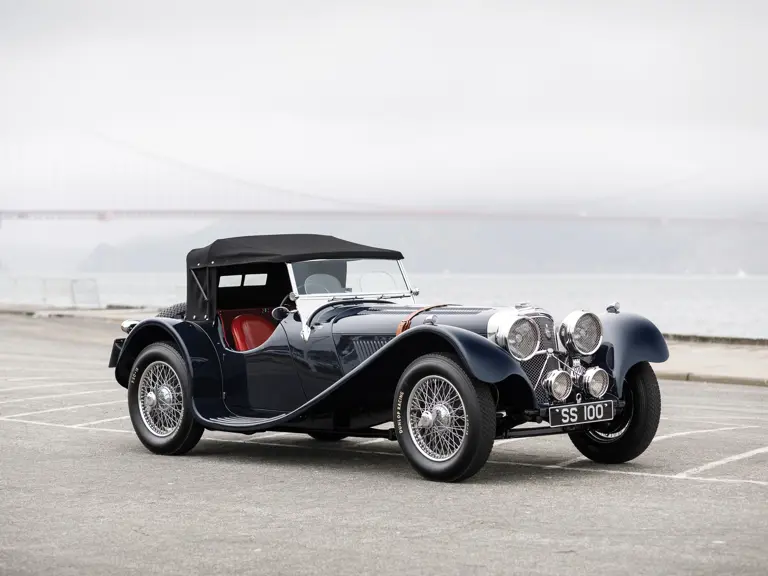


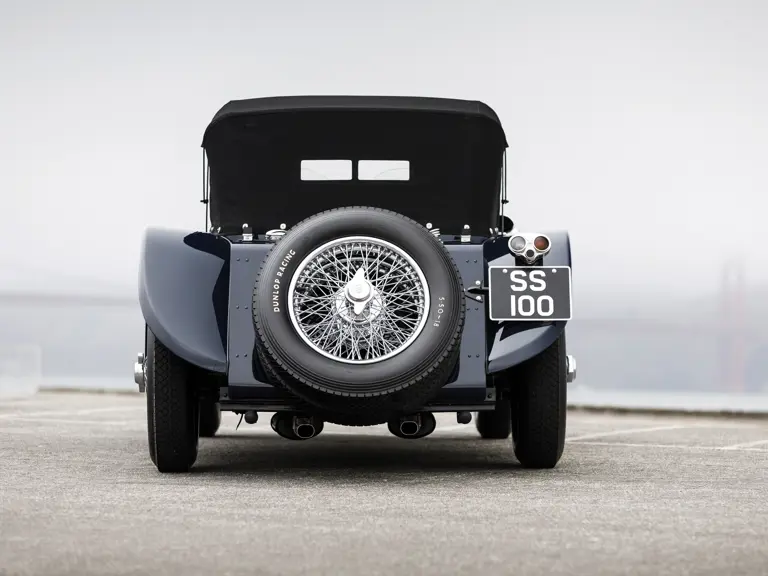
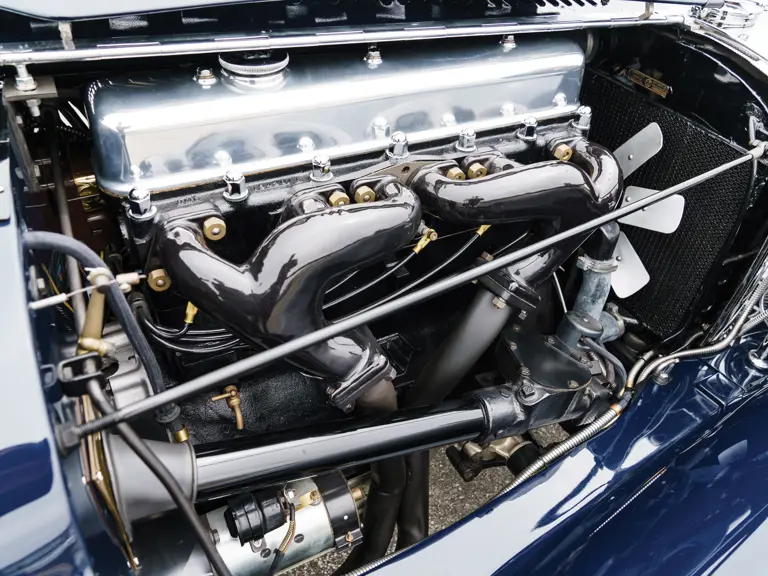
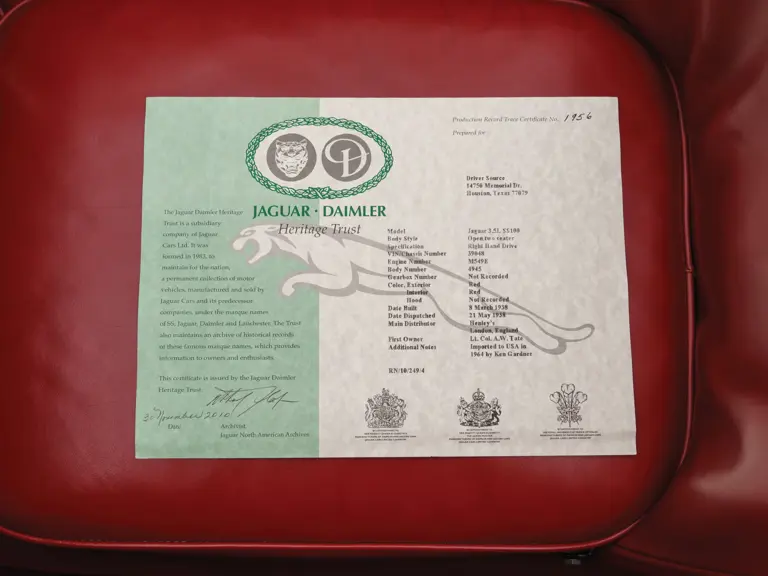
 | Monterey, California
| Monterey, California



